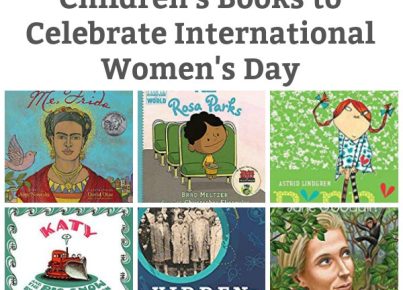International Day of Peace, which is observed on September 21st every year, presents a unique opportunity for educators to promote peace and understanding in their classrooms. Here are 15 activities and books that can help you commemorate this important day with your students:
Activities:
1. Peace Dove Origami – Teach students how to create origami doves, the international symbol of peace.
2. Peace Poster Project – Students design posters that express what peace means to them.
3. Global Peace Video Conference – Connect with a classroom in another country to discuss peace.
4. “Chalk4Peace” Event – Have students draw images or write messages about peace in chalk on the sidewalks around school.
5. Conflict Resolution Role-Play – Enact scenarios where students practice resolving conflicts peacefully.
6. Cultural Exchange Fair – Set up booths with information and items from different cultures to promote global understanding.
7. Peace Pledge Writing – Students write personal pledges about what they will do to promote peace in their community.
8. Tree Planting Ceremony – Dedicate a tree as the “Tree of Peace” and hold a ceremony to plant it on school grounds.
9. International Food Day – Share peace by experiencing cuisines from around the world, highlighting how food can bring people together.
10. Friendship Bracelet Making – Students exchange handmade bracelets as a sign of friendship and peace with each other.
Books:
11. “The Peace Book” by Todd Parr – A colorful and simple book for young readers that defines peace through various actions and ideas.
12. “Wangari’s Trees of Peace:-A True Story from Africa” by Jeanette Winter – The inspirational story of Nobel laureate Wangari Maathai, who advocated for peace through environmental action.
13. “Peaceful Fights for Equal Rights” by Rob Sanders – An affirming book illustrating how everyone can contribute to peace by standing up for what they believe in.
14. “All Are Welcome” by Alexandra Penfold and Suzanna Kaufman – A picture book celebrating diversity and inclusion, sending the powerful message that everyone’s welcome at school.
15. “What Does Peace Feel Like?” by Vladimir Radunsky – A creative book that explores the senses associated with peace through children’s perspectives from around the world.
Incorporating these activities and books into your classroom not only enhances knowledge but also fosters an environment of tolerance, understanding, and harmony among students that resonates beyond International Day of Peace.





